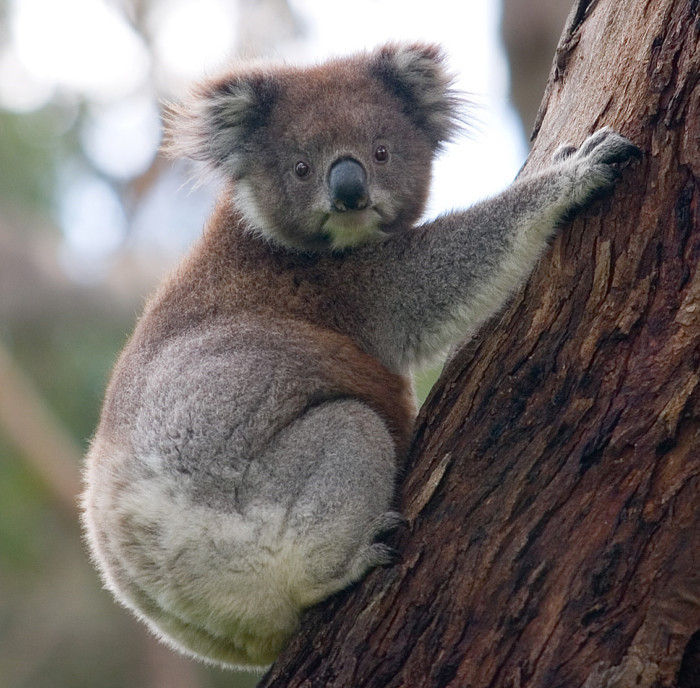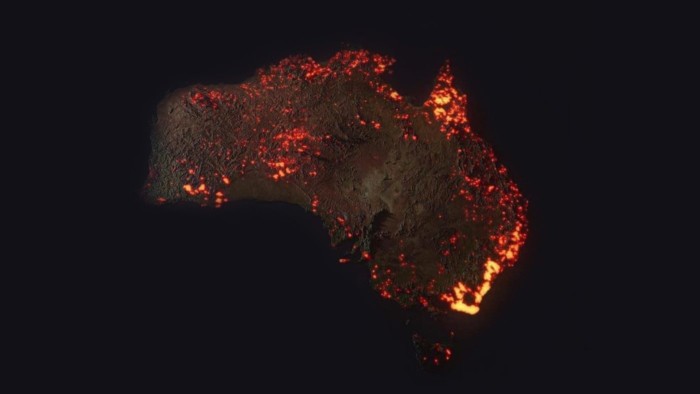AUSTRALIA IS ON FIRE!
It broke my heart to see Australia burning.
Australia is one of the place I ‘d like to visit one day because it has always fascinated me.
In my mind when I think of Australia I think of its natural beauty and stunning landscapes. I think of its reefs, its beaches and rock formations but unfortunately it is being ravaged by the worst wildfires seen in decades. At least 28 people have died nationwide and the blazes, which h ave been burning across Australia for months, since July have razed homes and wiped out entire towns. Across Australia, nearly 18 million acres of land have been burned – much of it bushland, forests and national parks, home to the country’s beloved and unique wildlife.
ave been burning across Australia for months, since July have razed homes and wiped out entire towns. Across Australia, nearly 18 million acres of land have been burned – much of it bushland, forests and national parks, home to the country’s beloved and unique wildlife.
State and federal authorities have been working to fight the fire crisis for months.
Early in January, a real state of emergency was declared and fires is spreading to the eastern and southern coast, where most of the population lives.
What also saddens me is hearing that so many koalas have perished. The koala’s natural instincts and habitat work against them. “Koala instinct is to go up, as safety is in the top of the trees but Eucalyptus trees have so much oil that they ignite and actually explode in a fire”. Together with koala half a billion mammals, birds, and reptiles have been killed in the fires too.
But what is causing the fires?
All this is due to heat and drought, and of course to the climate change that’s why natural disasters are going from bad to worse.
It is said that Australia is experiencing one of its worst droughts in decades or highest nationwide average temperature, with some places sweltering under temperatures well above 40 degrees Celsius (about 113-120 degrees Fahrenheit).
Each year there is a fire season during the Australian summer, with hot, dry weather making it easy for blazes to start and spread.
Strong winds have also made the fires and smoke spread more rapidly, or highest nationwide average temperature, with some places sweltering under temperatures well above 40 degrees Celsius (about 113-120 degrees Fahrenheit).
Prime Minister Scott Morrison in 2019 was warned of the impact of the climate crisis on Australia.
In response, Morrison emphasized a commitment to reduce carbon emissions — but also said he would stick to “sensible” policies, and that there wasn’t “a single policy, whether it be climate or otherwise,” that can completely protect against the fires.
When will the fires end?
Unfortunately, Australia is only about halfway through its summer season. Normally, temperatures peak in January and February, meaning the country could be months away from finding relief.
The fires are unlikely to end entirely since they are an annually occurring event — and may even get worse if recent years are a guide.
How can I help?
Donations can be made to several organizations working toward victim relief and recovery, including the Australian Red Cross, Salvation Army Australia, the NSW Rural Fire Service, and the St. Vincent de Paul Society Australia.
To help Australia, the WWF has launched the solidarity number 45585, active from 15 to 29 January, thanks to which it is possible to donate (with text messages and calls) to support the activity of the recovery centers in the care of animals that survived the flames and to plant the first 10,000 plants of the “Two billion trees for Australia” project, which aims to restore ecosystems by 2030.
And I keep on dreaming my journey to Australia….

Lascia un commento